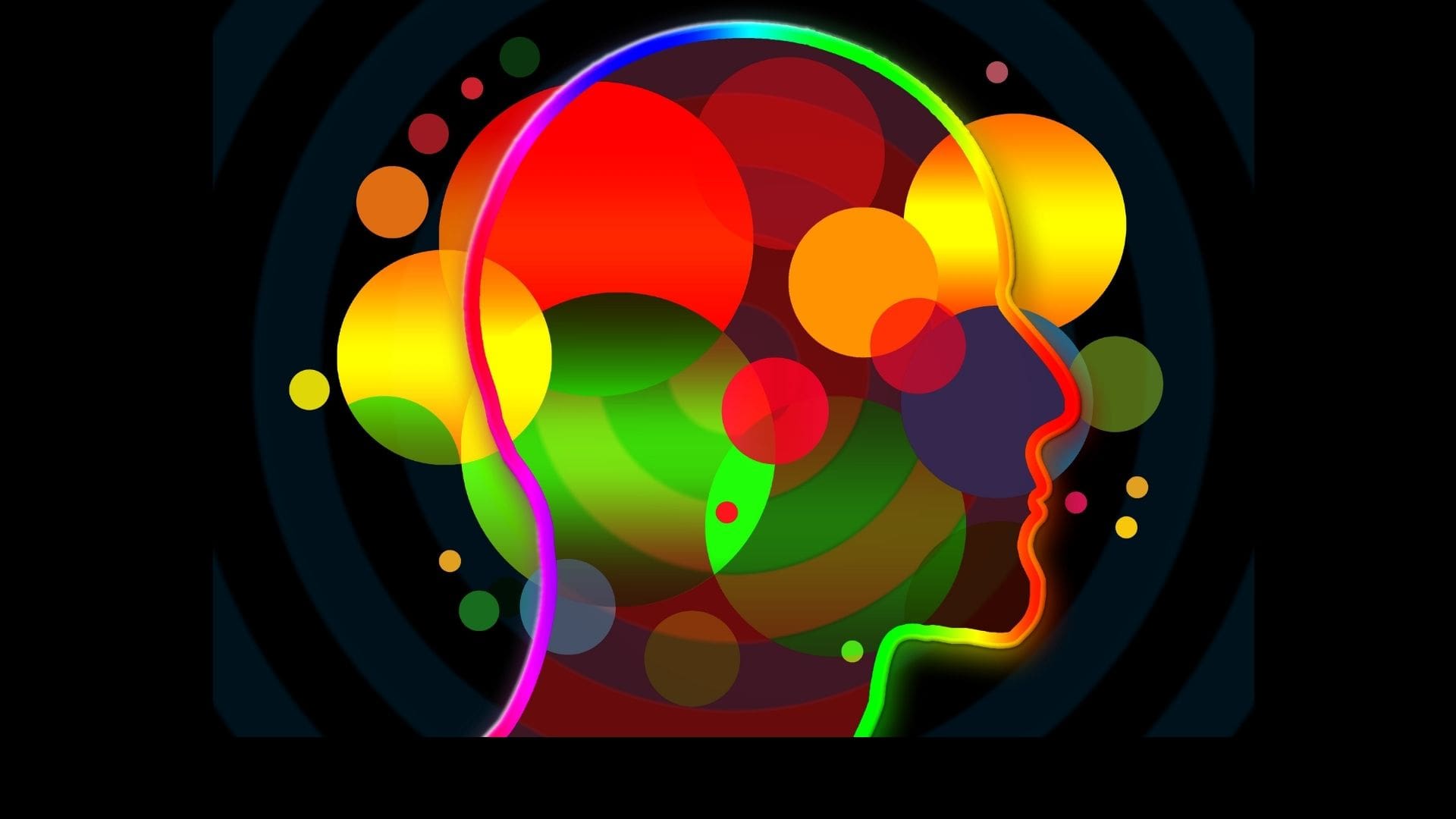By Wayne “Dr. B” Benenson, Ph.D.
“To be hopeful in bad times is not just foolishly romantic. It is based on the fact that human history is a history not only of cruelty, but also of compassion, sacrifice, courage, kindness. What we choose to emphasize in this complex history will determine our lives. If we see only the worst, it destroys our capacity to do something. If we remember those times and places – and there are so many – where people have behaved magnificently, this gives us the energy to act, and at least the possibility of sending this spinning top of a world in a different direction.
And if we do act, in however small a way, we don’t have to wait for some grand utopian future. The future is an infinite succession of presents, and to live now as we think human beings should live, in defiance of all that is bad around us, is itself a marvelous victory.”
-Howard Zinn, historian
Mindfulness can be viewed in so many different ways. Many commentators use the image of a three-legged stool to describe mindfulness: intention, attention and attitude. Mindfulness practice guides you to use your attention in the present moment, without judging, elaborating or reacting. In other words, without making up a story about what you’re experiencing.
When we consciously shift from simulation mode (past or future focused and imagined projections) to mindful mode (in the present moment without conceptual elaboration), we create a safety net of heightened awareness about ourself, others and our environment. From that perch of heightened awareness “we have the energy to act” from our best intention “and live as we think human beings should live.” Easier said than done, however.
The capacity to shift awareness often begins when you remind yourself that thoughts aren’t facts.
Without conscious intervention, we live our lives almost entirely in simulation mode. When we consciously shift out of simulation mode into mindful mode we can open our eyes and see what is actually happening around us versus the virtual reality of our making. That capacity to shift awareness – when you are alert and awake to whatever is in the moment-to-moment flow of your immediate experience – often begins when you remind yourself that thoughts aren’t facts. It’s so easy to make thoughts rigid in our own mind. Imagine your own story-making process.
Think about the story you tell yourself during moments of uncertainty or vulnerability. The reason I can’t _________ is because __________. Thoughts repeated often enough, especially when they are judgmental (positively or negatively), can cause the story to become engraved in our minds. We get caught in a mindless loop. Most of the time, these thoughts, predictions or other simulations are only one of many possibilities, not an immutable fact. So how do we pop out of this simulation mode?
Thoughts repeated often enough, especially when they are judgmental (positively or negatively), can cause the story to become engraved in our minds.
One way to get some distance between yourself and the current contents of your mind is through de-centering. De-centering emphasizes a perspective in which the experiential “I” is not at the center of awareness. De-centering recognizes the “I” perspective as one of many possible mental models. When you can step outside a constrained mode of thinking, seeing a situation or a person from another point of view, you’re able to recognize when a story is not serving you well and can choose to drop it rather than staying locked in.
Are you willing to try this yourself? Call up a negative memory from your past. Relive the event as if seeing it from your own eyes; revisit the thoughts and feelings you had then. Now shift. Analyze the event from a different perspective.

Think about all the possible reasons you felt the way you did. Finally, de-center. Take a distanced, observational view – watch the memory unfold from an “audience” perspective. Accept any feelings associated with the memory, letting them arise and pass away. De-centering is powerful because it weakens the hold of a wandering mind. Taking the “bird’s-eye view” allows you to drop the story if it isn’t serving you or when it’s causing you distress. Ironically (and happily) de-centering improves both attention and reduces stress at the same time.
Getting a distanced perspective allows you to view your own mind. This meta-awareness requires using your attention in a different way. When your mind gets off track, mindfulness training reboots you from thinking and doing to noticing and being. That process of becoming aware, over and over, of what’s happening around you and inside your mind helps you to reframe a story that is no longer accurate or useful. And dropping a story which is no longer helpful gives you fresh choices, from which you can imagine how to be hopeful in bad times.
Homework: The STOP Practice
STOP is an acronym for Stopping, Taking a breath, Observing and Proceeding with deliberate action. It’s about creating the mental space to come back to the present moment and shift from unconscious reacting to conscious responding.
Stop: recognize that strong emotions are present or that you need to have some calming space.
Take a breath: Just one breath will shift attention to your body. Take as many breaths as you need to get centered.
Observe: Observe your direct experience in the moment – What are you experiencing with your body (ex: Is your heart beating rapidly?), your emotions (ex: Can you name what you are feeling?), and your thoughts (ex: what biases are affecting your beliefs?)?
Proceed with kindness: What would a wise action be (ex: calling a friend, taking a walk, placing a hand over your heart to soothe you)?
As always, enjoy the moment.
Dr. B, aka Wayne Benenson, Ph.D., has had lots of career opportunities to be mindful: as an elementary and early childhood teacher, a college professor and a researcher on peer mediation. He currently offers mindfulness tutorials, short and sweet (20 minutes), via Zoom. For more information check out his Facebook page at or contact him here. Dr. B. is the scheduled Tuesdays at the J speaker on May 3. Sign up here.



